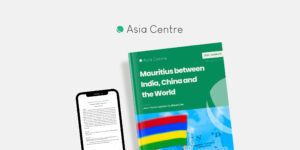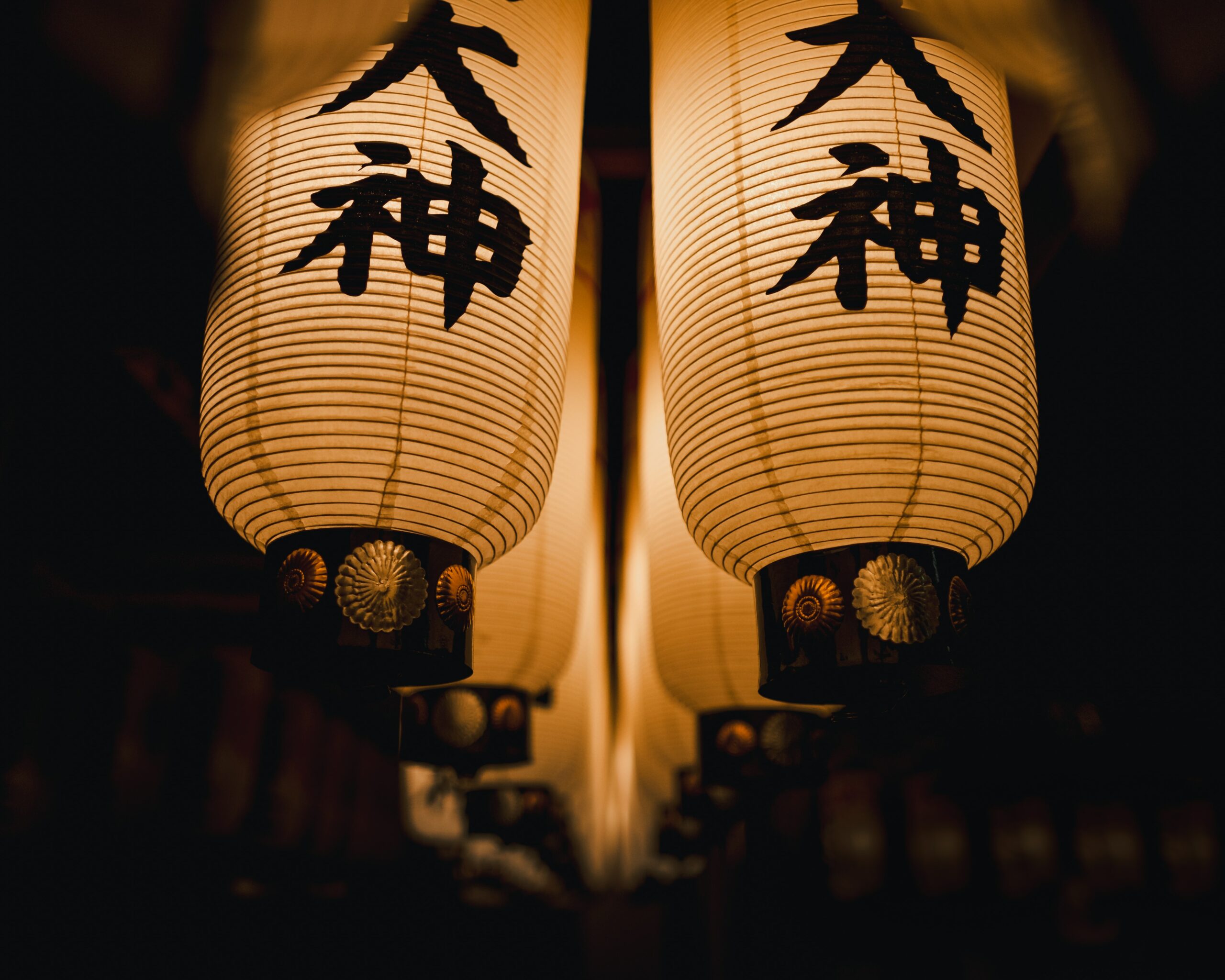The number and nature of international rankings published in large-circulation magazines have grown significantly in importance in the last fifteen years. They now cover a multiplicity of topicsdomains and are structured around criteria ranging from gross domestic product and the quality of education dispensed by the leading higher education establishments (the Shanghai Ranking) to more abstract notions such as competitiveness and urban standards of living (e.g. the Economist Intelligence Unit’s Liveability Ranking). This proliferation of league tables classifying the workings of the world can also be used for measuring the international influence of countries, organizations and even individuals (examples of the latter are the various “most influential personality of the year” rankings) beyond the merely economic perspective.
Many commentators view Japan’s slippage in the rankings and the indicators expressing the country’s openness and attractiveness to be indicative of its prolonged economic and demographic decline, and the risk of marginalization now faced by the country. But these comparative indexes also suggest that Japan’s “decline” is far from being a homogeneous process: depending on the topic, for the country’s position in the various international rankings is either falling, rising, or staying the same (in absolute or relative terms) depending on the domain in question. For instanceexample, the number of Japanese students spending a year abroad has been falling, in absolute terms, for the last ten years. But Japan’s slippage in the annual ranking established by the World Economic Forum in 2013 on gender inequalities by country (the Global Gender Gap Index) is relative: the country’s fall to 105th place is to be explained not so much by an exacerbation in average salary disparities between men and women but rather by the rapid ascent of women in the workplace in many emerging countries.
This edition of Japan Analysis takes a closer look at Japan’s place in the world, examining the country’s efforts to open up to the world and take up its place in the various rankings of international competition.
Summary
– CLOSE UP ON THE NEWS –
The Abe government and the gender equality issue: “towards a society where women shine” (Amélie Corbel)
Japan’s Revitalized Engagement with Africa: Key Issues and Challenges (Yuko Kawato)
– POINTS OF NEWS–
Nishikawa Shūichi, “What anglicization is bringing to business: points of views of employees of Uniqlo and Rakuten”, Chūō kōron, November 2013 (Translated by Sophie Buhnik)
Yoshikuni Shin’ichi, “Reflections on the ‘third arrow’ of Abenomics: towards a diverse society more open to female employment”, Kin.yūzaiseibijinesu, March 2014 (Translated from by Arnaud Grivaud)




